Costa Rican black honey | Honey treatment from the Costa Rican champion processing plant, Shumawa processing plant.
Costa Rica Sumava de Lourdes black honey
Costa Rica. Shumawa Manor. Kaddura. Black honey
| 01 | production area profile |
Costa Rican coffee cultivation was introduced from Cuba in 1779 and exported for the first time in 1820. There are now about 32000 coffee farmers, with an average planting area of less than one hectare (10000 tons) per farmer. Costa Rica has a population of 41 billion (2006), with a coffee planting area of 82500 hectares and an annual production of 1.7 million bags (60kgs per bag). The annual domestic consumption is 380000 bags, with an average annual national consumption of 5.5kgs, which is higher than that of Japan (consumption 4kgs). At present, Taiwanese are only slightly higher than 1kg.
Costa Rica is the country where coffee was first introduced into Central America and has a long history. The coffee organization has a complete system from production to marketing. Because it is located in the Central American Isthmus, the territory is full of volcanoes and has the natural advantages of sunshine and land, and the climate is reconciled by Pacific and Atlantic currents and sea breezes at the same time, the coffee produced has the characteristics of local micro-climate and local conditions. In terms of quality and quantity, Costa Rican coffee has always been recognized by the world, and has been rated as one of the world-class high-quality coffee. With many towering volcanoes up to 2000 meters above sea level, coffee berries grow slowly in fertile volcanic ash soil and cool environments at high elevations, giving birth to coffee beans with complete and rich flavor.
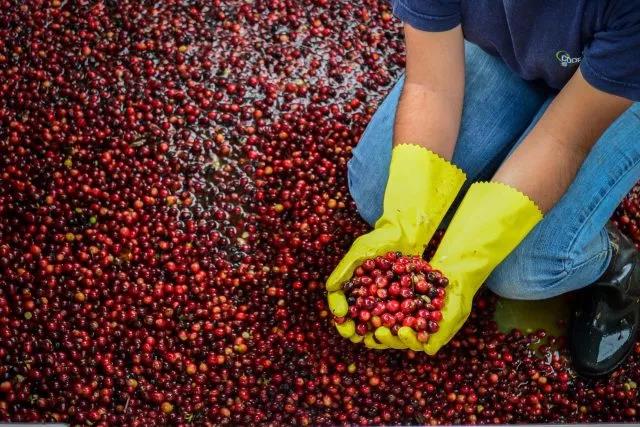
Costa Rica began growing coffee two hundred years ago, first on the slopes of the Poas and Barva volcanoes, today known as the Central Valley. After years of development, Costa Rica has eight main producing areas, namely: Guanacastes, West Valley, Central Valley, Turrialba, Orosi, Tres Rios, Tarrazu and Brunca.
According to ICO, Costa Rica produces about 1.6 million bags of Arabica coffee a year, which is far higher in quality and price than Central American countries such as Guatemala and Honduras.
Costa Rica can be divided into two seasons each year. The dry season is from December to April, when coffee is harvested, while the rainy season is from May to November. In recent years, micro-processing plants have been set up one after another, and since the water consumption is only 5% of that of traditional washing plants, and does not require huge sinks and exposure fields, the investment required is relatively small. The "honey-treated coffee" with low acidity, high complexity and strong sweetness has become the target of competition in the coffee industry in recent years, and the outstanding ones have greatly enhanced the international popularity of the estates.
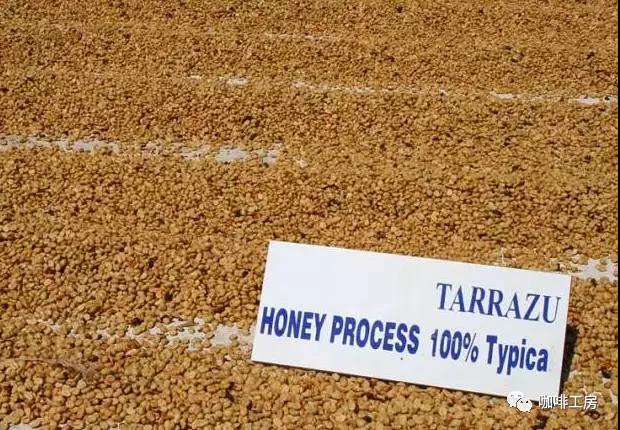
Shumawa Manor
There are seven coffee producing areas in Costa Rica, of which Tarazu, the central valley and the western valley are the three best-known and best-quality areas. Finca Sumava de Lourdes is located in the western valley of Costa rica, near Naranjo, 1700 meters above sea level, with 10 hectares of Villasarchi and Kaddura, 2 hectares of SL28, 1 hectares of geisha and other varieties. Francisco Men, the owner of the manor, and Jose Ordonez, the manager of the manor, lead a full-time team. In addition to growing a variety of coffee varieties, the park also reserves a large area of land as a forest reserve, giving wild animals a natural habitat. It is a high-quality coffee farm in Colombia.
Shumawa Manor, Costa Rica, is a very young manor; Francisco Mena, who was originally engaged in the coffee trade, bought the land and retained most of the original forests, only a small part of it was developed as a coffee growing area to maintain the natural ecological balance of the estate.
Shumawa Manor is about 1670-1790 meters above sea level. In the western valley, another well-known producing area in Costa Rica, the poor temperature, coupled with fertile soil, is very suitable for coffee cultivation.
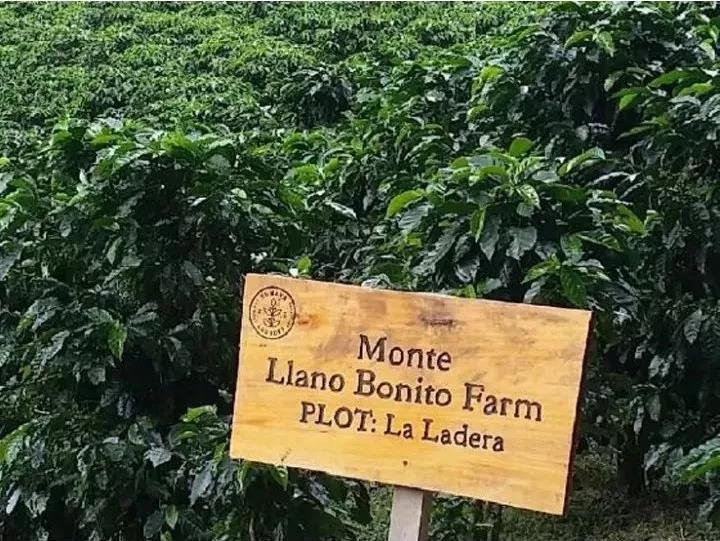
The landowner Francisco Mena introduced a high-quality variety in the top 13 of the Super Cup, the bourbon mutant, Vera Saatchi (villa sarchi). This is a rare variety bred through the cross of red bourbon tree species. Strong wind resistance, preference for high altitude environment, excellent acidity and a variety of fruit aromas, high sweetness, bright and delicate citrus acidity and low raisin and nut aromas, high complexity and full balance.
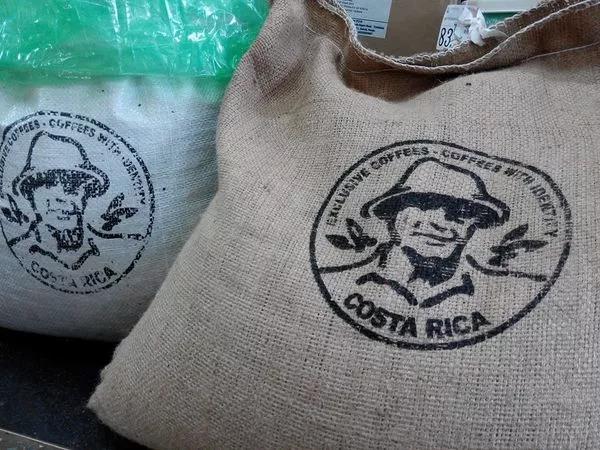
Most of the manor is left to the forest to maintain the natural environment. In the manor arrangement, also took a lot of thought, for broken wood, rotten wood, weeds and so on do not use the traditional way of burning, but the wood is broken into pieces, and mixed with organic fertilizer, used as fertilizer on the farm. From the El Chayote reserve in the western valley, in the fertile volcanic soil of Po á s, facing convection and moisture in the Pacific Ocean, low temperature difference in the morning and evening and excellent micro-climate, this small area with a radius of 1 km has given birth to four champion estates! A real hero of the earth!
02 | processing method
Honey treatment method
Honey treatment, called HoneyProcess or Miel Process, is used in coffee gardens in Costa Rica (Costa Rica), Panama (Panama) and Guatemala (Guatemala), which is called Honey Coffee. The so-called honey treatment refers to the process of making raw beans with mucous membrane for sun-drying.
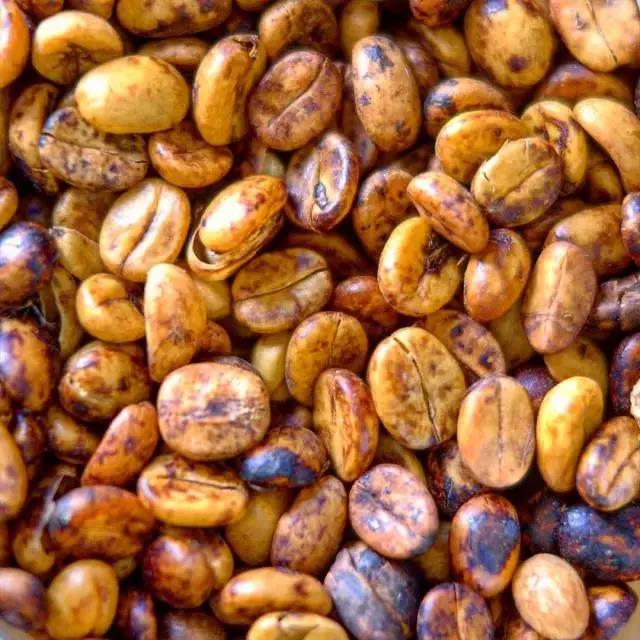
Manor owner Mena uses a unique sweet honey treatment, he calls it: sweet sugar process! Take the juice from the coffee berry treatment to soak the shell bean in the treatment, because the berry juice contains high sweetness and unique enzymes, the processed shell bean contains richer taste and very complex positive flavor!
The harvest season is usually from January to April every year, and because the temperature on the manor is only 10-20 degrees C, there are still freshly ripe coffee fruits in April! Simple understanding: the more pectin you keep, the richer and sweeter the coffee will be. Here is a comparison of the flavors of several honey treatments:
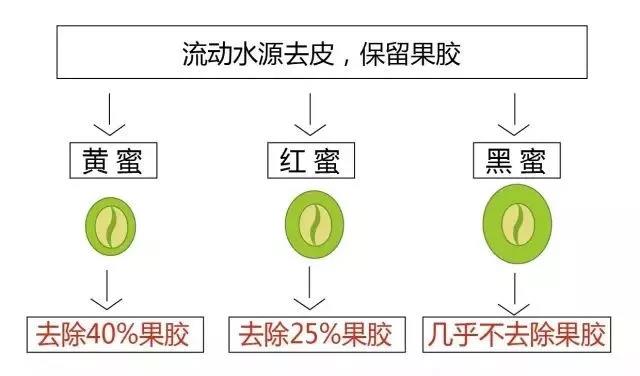
Pectin mucous membrane is the part with the highest content of coffee fructose, and it is also an important part of coffee fermentation. It can be said that 80% of this part determines the supply of nutrients in the process. Yellow honey retains 60% pectin, red honey retains 75% pectin, and black honey hardly removes pectin.
03 | Analysis of raw beans
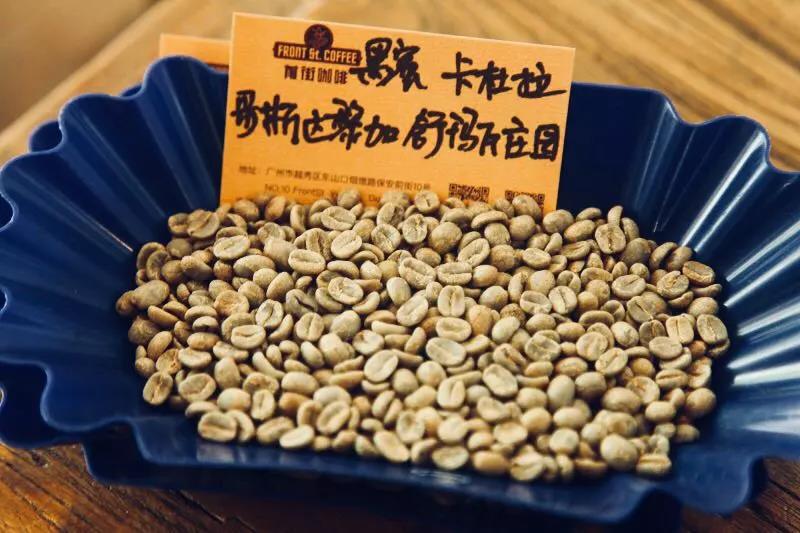
Raw bean information
Producing area: Western Valley (West Valley)
Manor: Shumawa Manor (Finca Sumava de Lourdes)
Variety: Kaddura
Altitude: 1700 m
Treatment: black honey treatment (black honey)
Soil: volcanic geology
Harvest: December to March of the following year
Flavor description: black sugar, floral aroma, citrus, grapefruit, sweet spices, sweet and greasy taste
Kaddura, Katura Caturra,varietal Caturra,Coffea alabica var. Caturra .
The natural mutant of bourbon was first discovered in 1937 in the state of Sao Paulo, Brazil. At present, it is widely planted in Brazil, Colombia and other Central and South American producing areas.
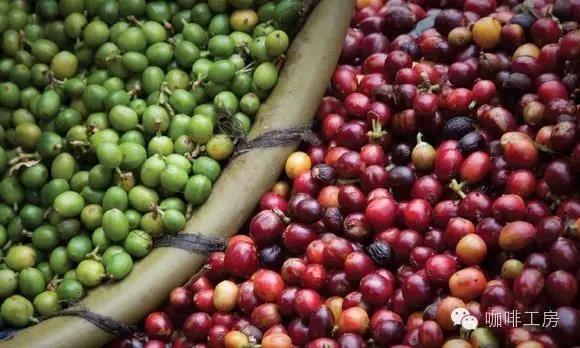
04 | Baking analysis
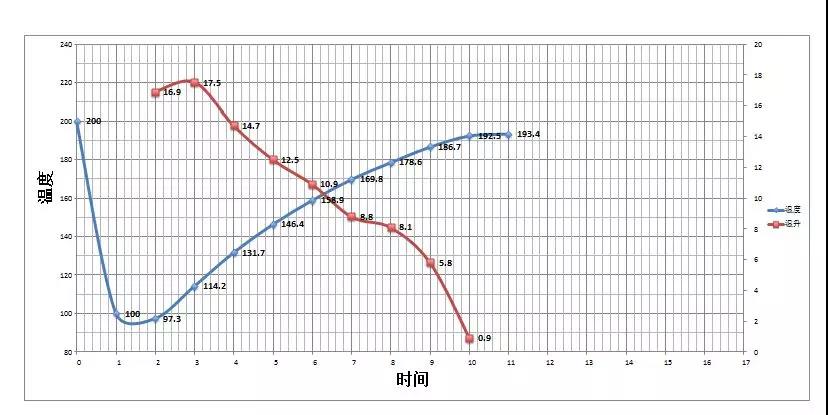
Yangjia 800N, raw bean 550g, specific operation:
The furnace temperature is 200 degrees Celsius into the pot, the throttle is set to stew for 1 minute, the firepower is adjusted to 160C, the throttle remains unchanged, the furnace temperature is adjusted to 160C, the temperature is reduced to 135C, the temperature is baked to 540 ", the temperature is 154.9 degrees, the bean surface turns yellow, the smell of grass disappears completely, dehydration is completed, and the throttle remains unchanged.
In the 9th minute, ugly Hu wrinkles and black markings appear on the bean table, and the smell of toast obviously changes to the smell of coffee, which can be defined as a prelude to an explosion. At this time, listen clearly to the sound of an explosion point, to 9: 21 "start an explosion, adjust the firepower to 80 degrees, and the throttle is fully open at 5 degrees. (the firepower should not be so careful that there is no cracking sound) 50 degrees, 193.4 degrees when the pot.
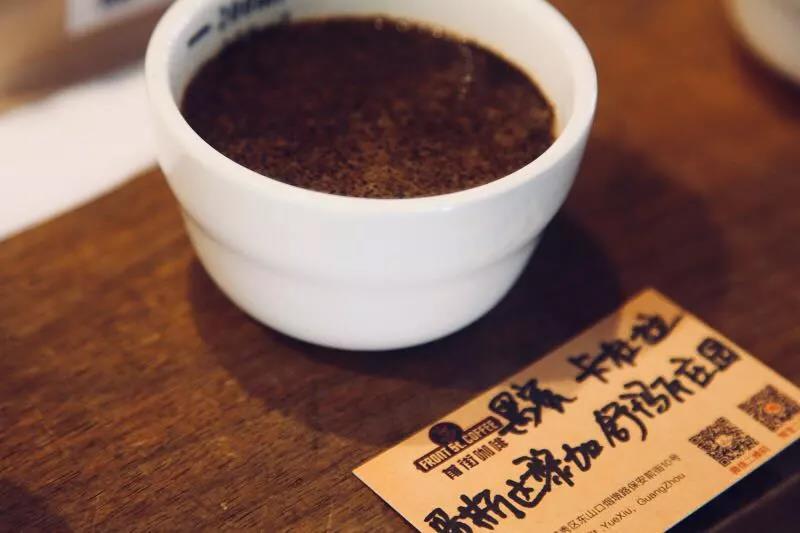
The taste of cup test
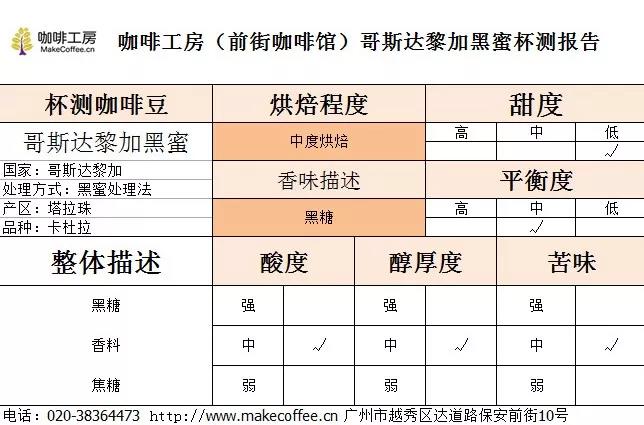
03 | Cooking analysis
Hand punch reference
Use key home filter cup, 16 grams powder 32 grams of water steaming for 30 seconds, 89-90 degrees water temperature extraction, 1:15, fine grinding small Fuji 3.5 second water injection to 110ml cut off, wait for water drop and then slowly water injection, uniform speed, the water level should not be too high, again water injection to 233ml stop, extraction time 2:15 seconds ~ rich sun sweetness, we can fine-tune according to their own taste.
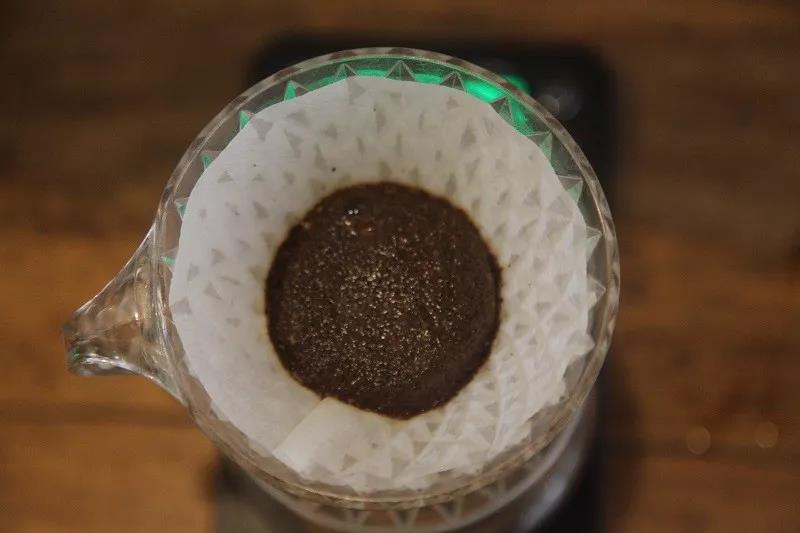
Purchase link: https://item.taobao.com/item.htm?spm=a1z10.5-c-s.w4002-15673140460.35.31906d59pIv3fe&id=542185309497
Important Notice :
前街咖啡 FrontStreet Coffee has moved to new addredd:
FrontStreet Coffee Address: 315,Donghua East Road,GuangZhou
Tel:020 38364473
- Prev
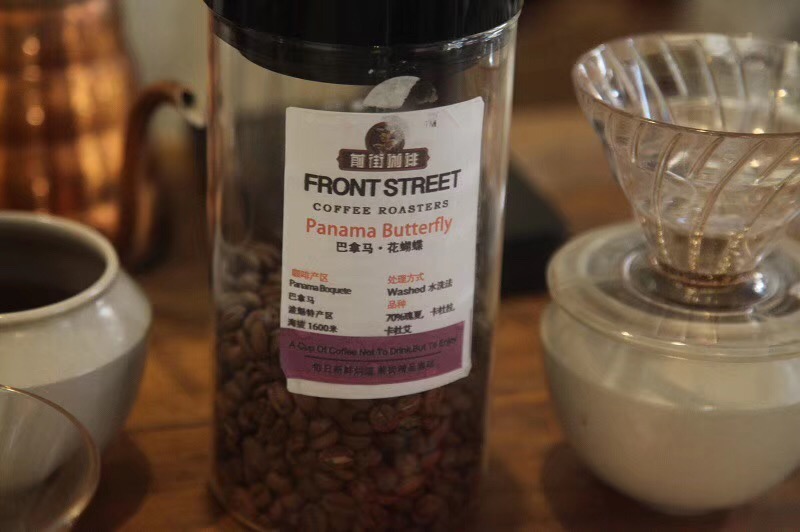
Qianjie Flower Butterfly | Super cost-effective King, a boutique coffee with classic Bocquette boquete Rose Summer flavor
Panama is a Central American country bordered by Costa Rica to the west and Colombia to the east. Anyone who knows anything about individual coffee should know that Panamanian coffee is famous in the coffee world as the geisha Geisha (the name of Rosa) in the Emerald Manor. It can be said that it is a country that strives for excellence in coffee and is rich in high-quality coffee. Panamanian coffee is famous for the rosy summer of the Emerald Manor, while
- Next
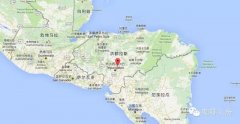
Honduras |
Honduras Honduras 01 | Honduras is located in the north of Central America, bordering the Caribbean Sea to the north, the Gulf of Fonseca in the Pacific Ocean to the south, Nicaragua and El Salvador to the east and south, and Guatemala to the west, mostly mountains and plateaus. It has a tropical climate, mild temperature and abundant rainfall, so it is an ideal place for coffee growth. There are two kinds of quality produced in Honduras.
Related
- Detailed explanation of Jadeite planting Land in Panamanian Jadeite Manor introduction to the grading system of Jadeite competitive bidding, Red bid, Green bid and Rose Summer
- Story of Coffee planting in Brenka region of Costa Rica Stonehenge Manor anaerobic heavy honey treatment of flavor mouth
- What's on the barrel of Blue Mountain Coffee beans?
- Can American coffee also pull flowers? How to use hot American style to pull out a good-looking pattern?
- Can you make a cold extract with coffee beans? What is the right proportion for cold-extracted coffee formula?
- Indonesian PWN Gold Mandrine Coffee Origin Features Flavor How to Chong? Mandolin coffee is American.
- A brief introduction to the flavor characteristics of Brazilian yellow bourbon coffee beans
- What is the effect of different water quality on the flavor of cold-extracted coffee? What kind of water is best for brewing coffee?
- Why do you think of Rose Summer whenever you mention Panamanian coffee?
- Introduction to the characteristics of authentic blue mountain coffee bean producing areas? What is the CIB Coffee Authority in Jamaica?

